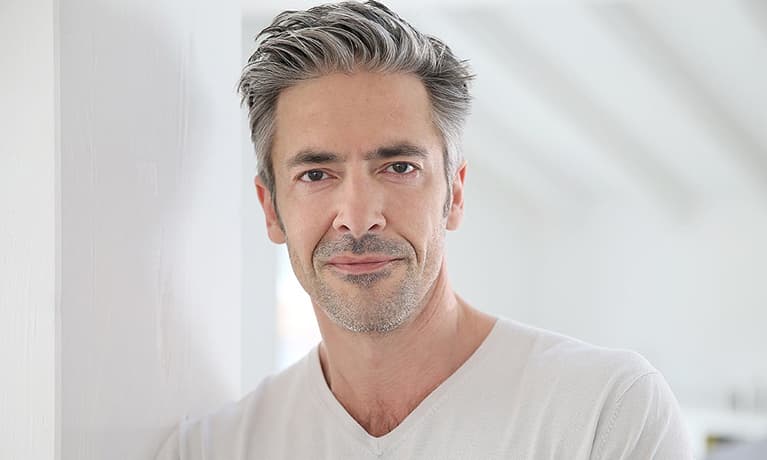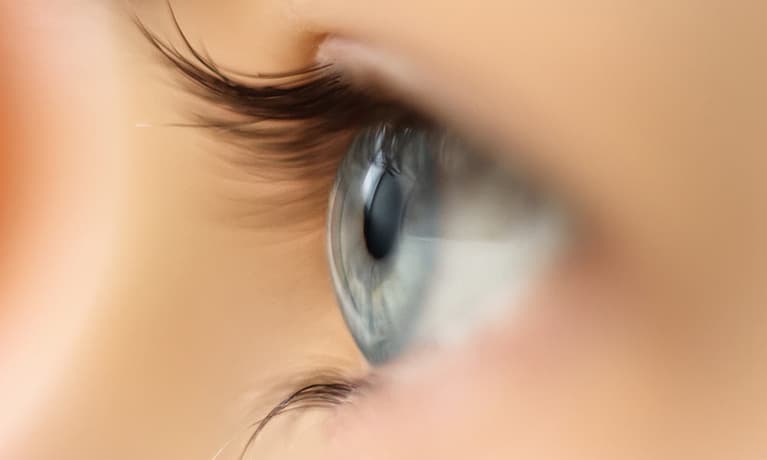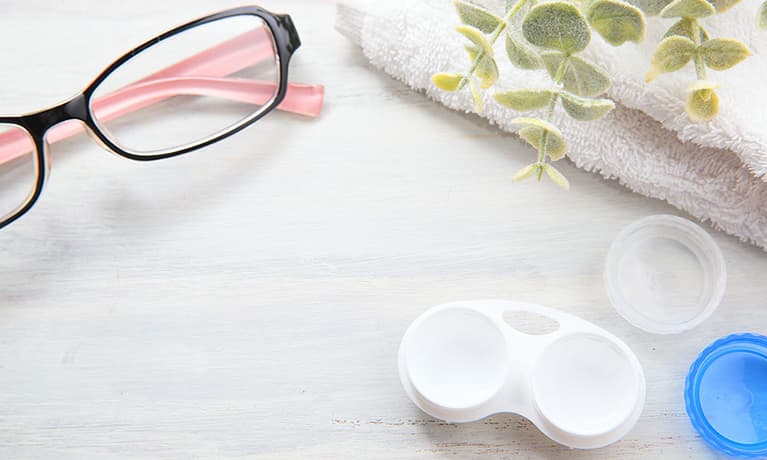Aqueous Shunts (Ahmed or Baerveldt)
Aqueous shunts are devices used to reduce the intraocular pressure (IOP) in glaucoma by draining the fluid (aqueous humour) from inside the eye to a reservoir plate underneath the conjunctiva. Reducing the pressure on the optic nerve prevents further damage and further loss of vision in glaucoma. These shunts are made up of a small silicone tube (less than 1mm in diameter) attached to a plastic plate. The tube takes the aqueous humour from inside the eye and drains it to the plate which sits on the white of the eye (sclera). The plate sits under the skin of the eye conjunctiva, behind the eyelid.
The Ahmed Glaucoma Valve contains a valve that helps to prevent very low eye pressure during the first few weeks after surgery.
Because the Baerveldt implant does not have a valve, it’s blocked with a stitch that’s tied around the outside of the silicone tube (external ligature), or threaded through the inside of the tube (occluding suture) at the time of surgery. The purpose of the suture is to prevent the shunt from draining excessively in the first few weeks after surgery and causing the eye pressure to be too low. It takes around 4 weeks for the eye to form enough of a capsule around the plate to avoid low pressure. The suture generally dissolves around 6 weeks.










